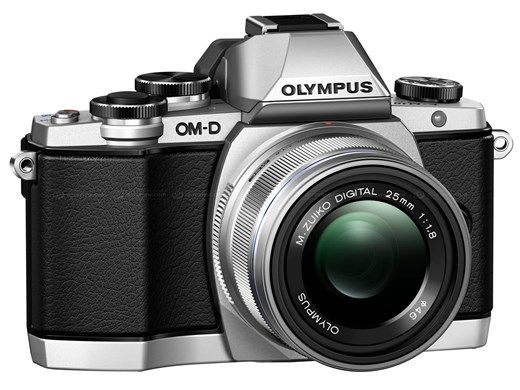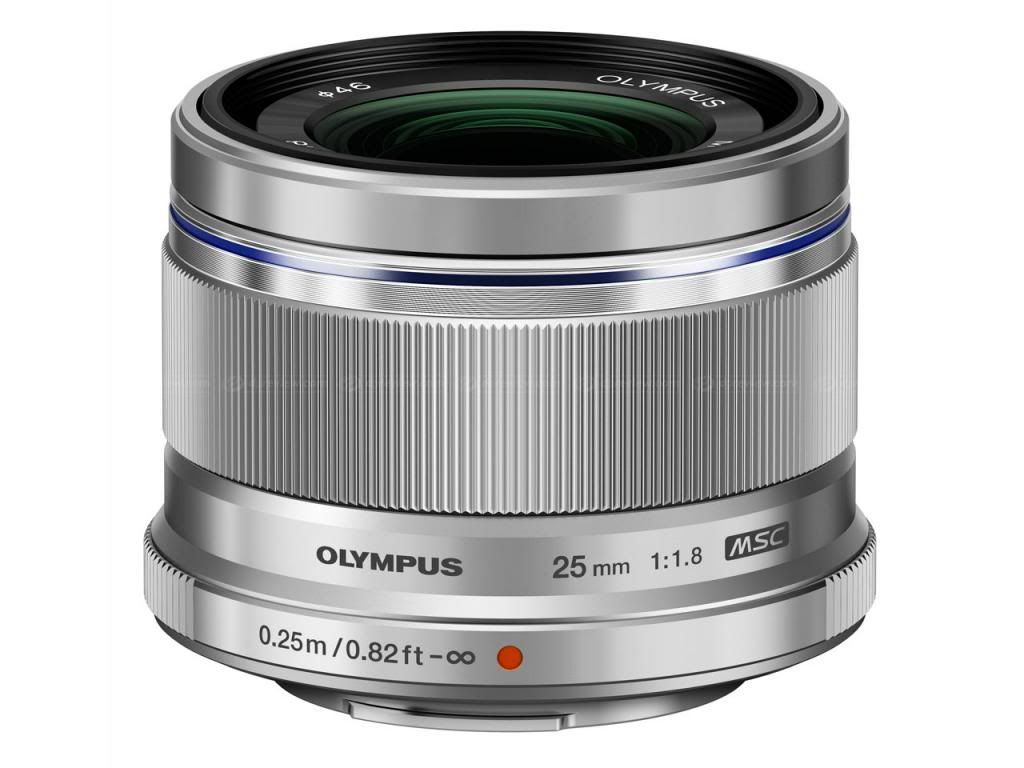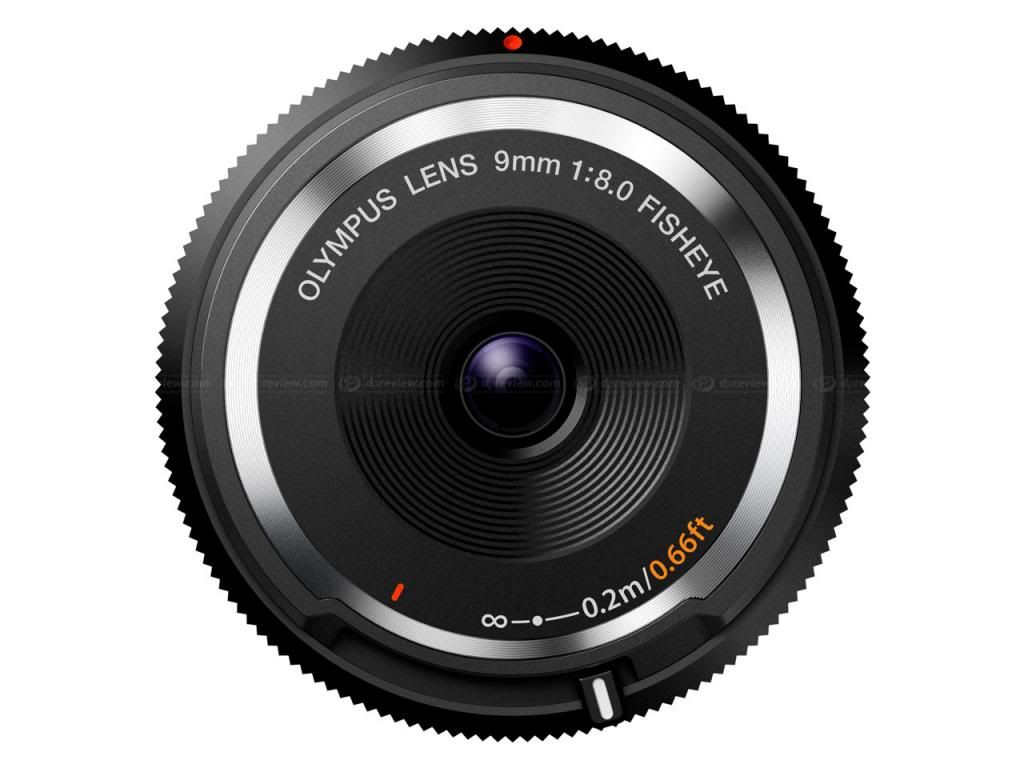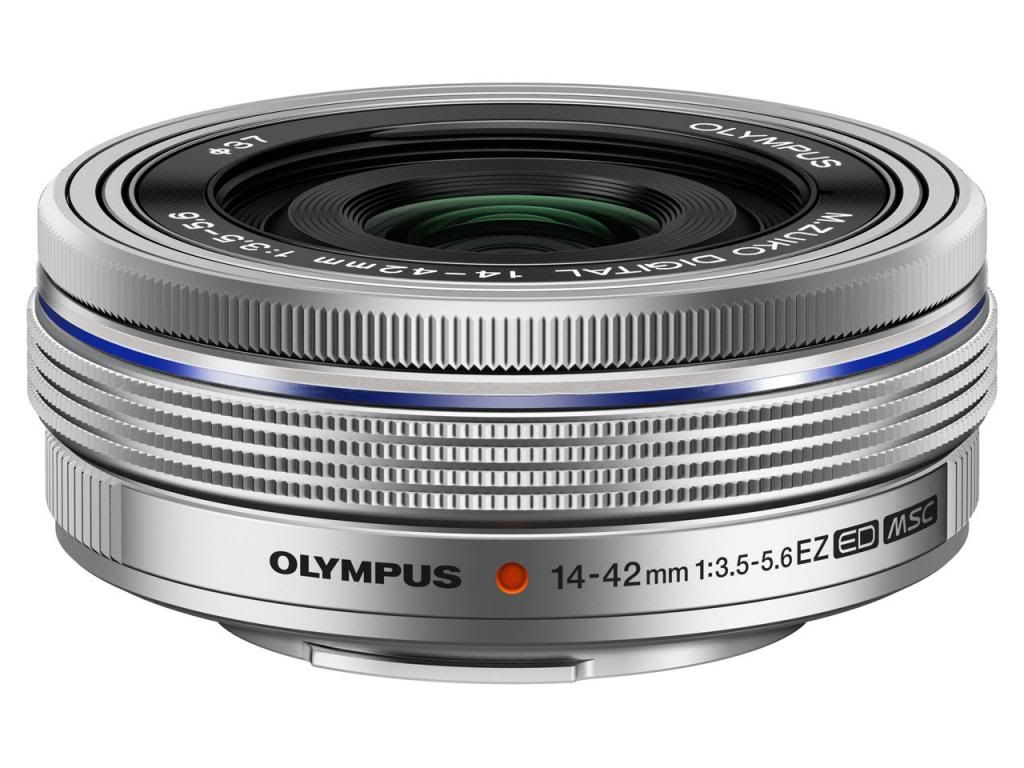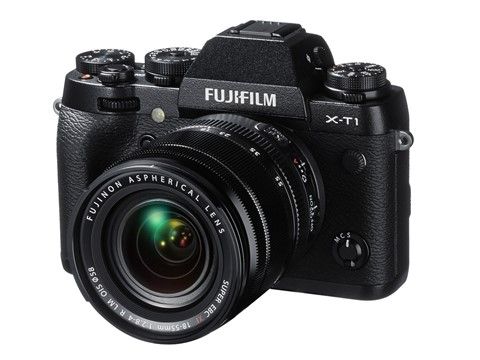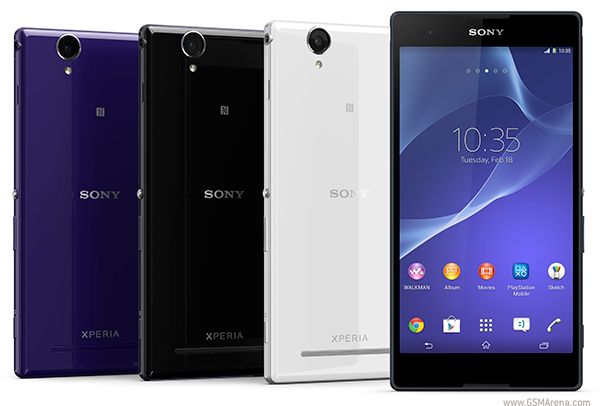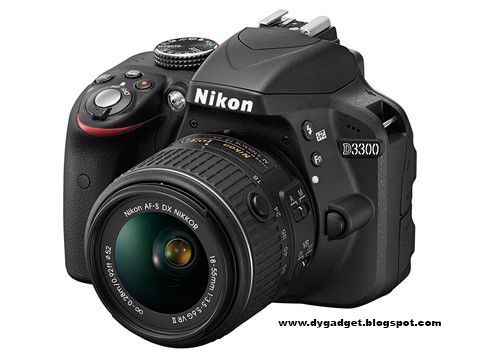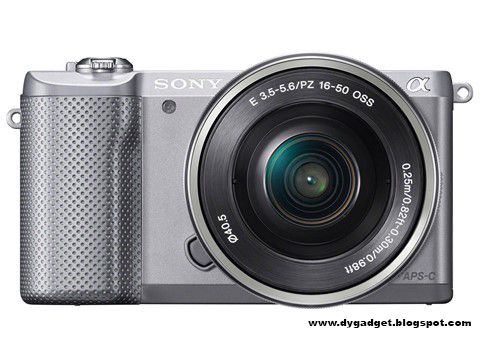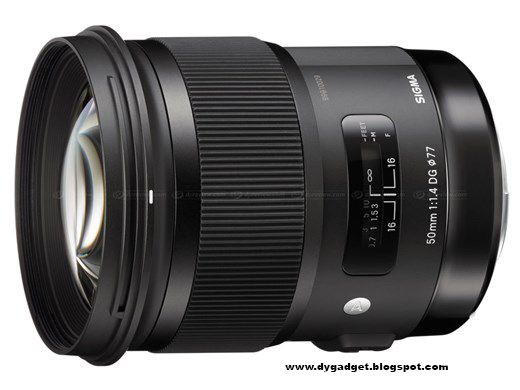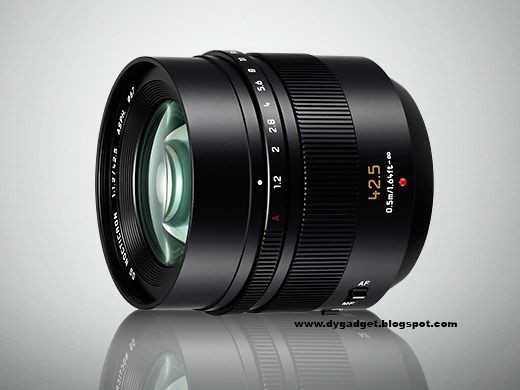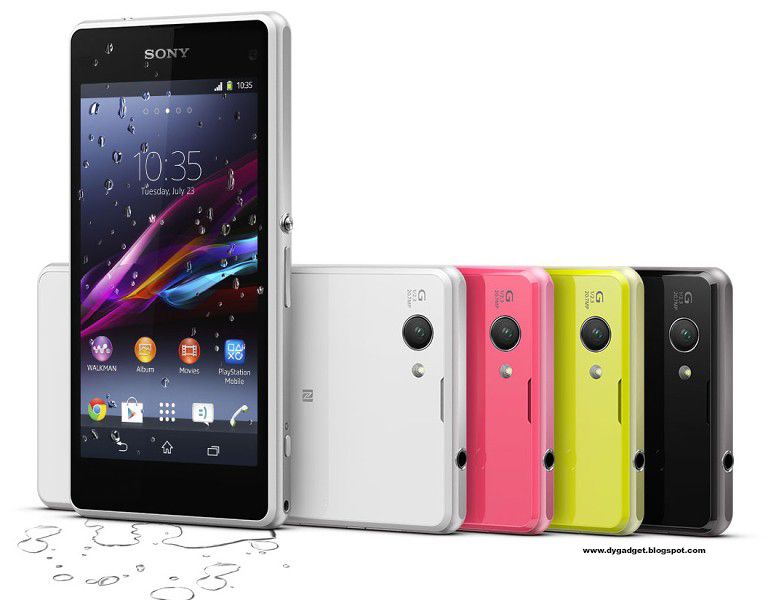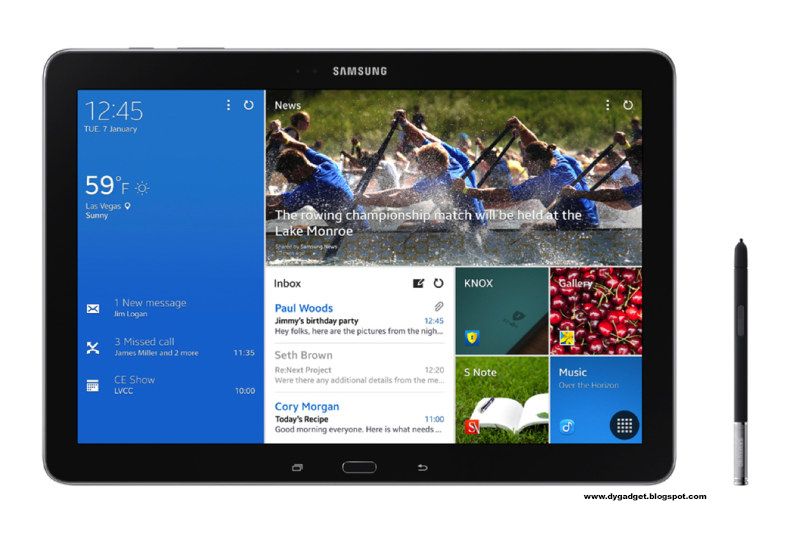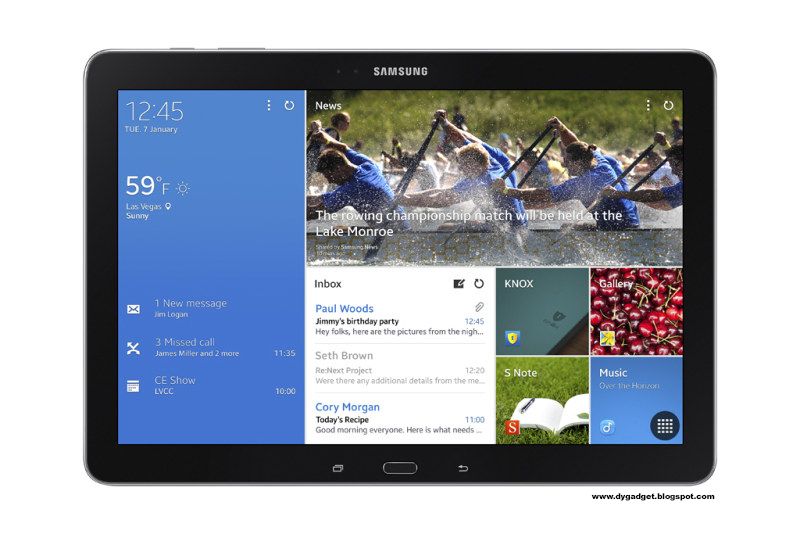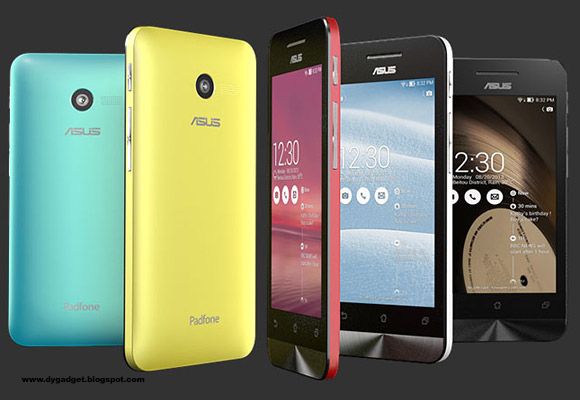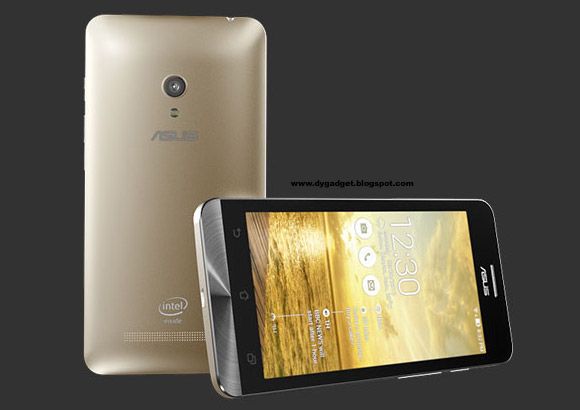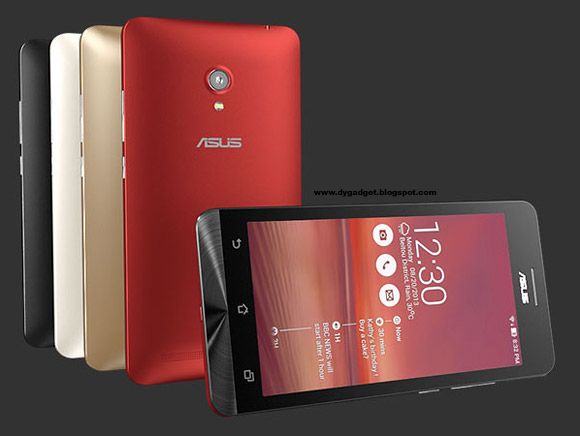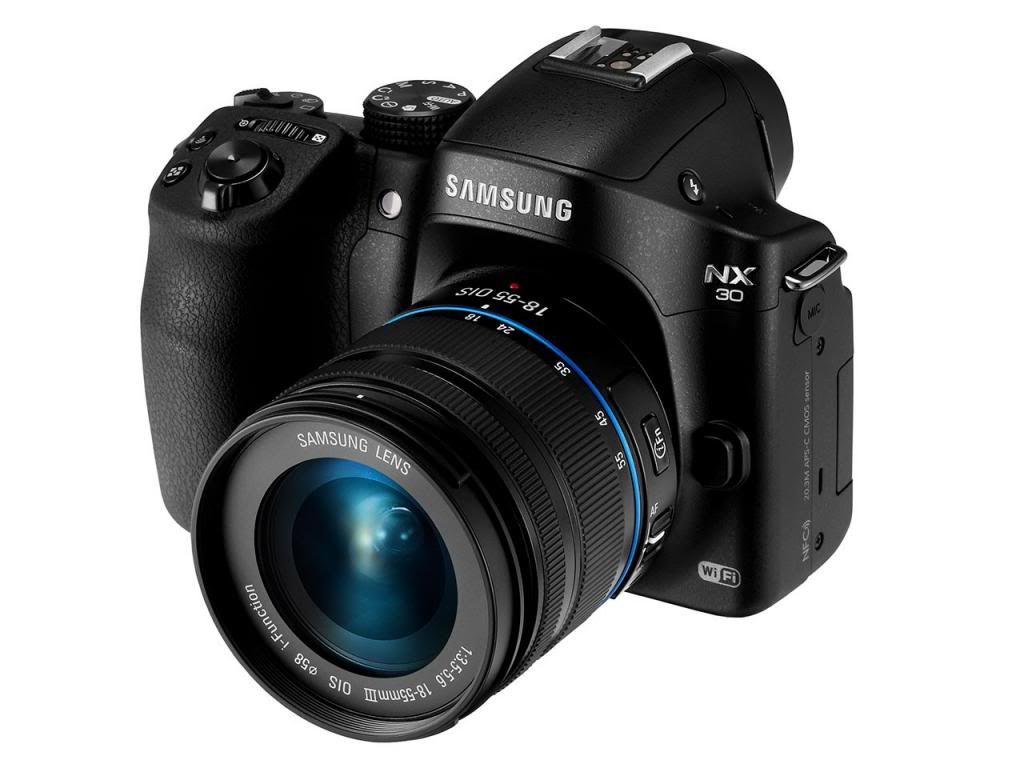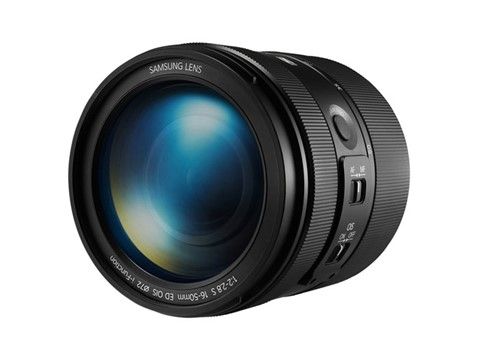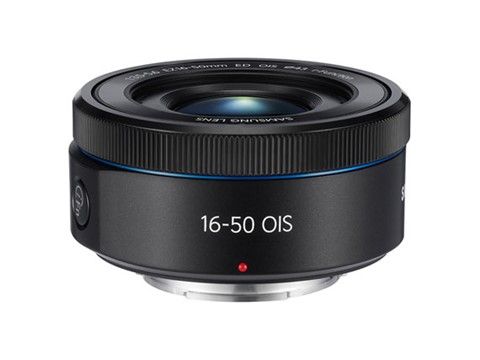Singapore based loudspeaker manufacturer has recently launched the SonicBlue Pandora Series, a series of Bluetooth enabled loudspeakers. They consist of a speaker and two portable speakers of different sizes; Pandora 3, Pandora Mini and Pandora Micro. All of them feature Bluetooth connectivity which allows you to pair them your smartphone for music playback and a built-in mic for handsfree call applications.
From the left, the Pandora Micro, Pandora 3, and the Pandora Mini.
Introduction
I’ll start with the Pandora Micro. The Micro is a portable loudspeaker and is the smallest one in the series. It has a built-in rechargeable battery which is quoted to last 5 hours of continuous playback at mid-volume making its operation completely wireless. The Micro has a mini USB port built in it which works as a charging port or as an auxiliary input(AUX-in) with the supplied cables. Charging is done via your PC’s USB port or USB supported power plugs you use for your smartphones. There’s also a micro-SD card slot as an alternative music playback mode.
The Mini is also another portable Bluetooth enabled loudspeaker in the Series. The Mini is larger big brother of the micro. Just like the Micro it also has a built-in rechargeable battery with 1800mah capacity, big enough to double as a portable powerbank for your smartphone or tablet. Charging is also done via a mini USB port. It loses the micro-SD card slot but has a line-in audio jack and a USB port which outputs 1A current to charge your devices.
The Pandora 3 is essentially a Bluetooth enabled 2.1 speakers all built into a relatively small box. It features a Dual Bass Reflector (DBR) which Sonic Gear says produces a 2.2 audio effect. The Pandora 3 is the only non-portable loudspeaker in the series and its relative bulk renders it suitable only for home or desktop usage. The Pandora 3 has an AUX-in jack equipped just like the Mini and also has a built-in mic for handsfree calls.
How do they handle?
Sonic Gear says the Micro it is pocketable but I’m not very convinced about that unless you carry it in your waist -pouch, handbag or maybe the pocket in your jacket. Despite that, it is still very small to be portable nevertheless. The buttons on the Micro are all touch sensitive buttons with a very simple layout consisting of the volume button, forward and back button, and a play button marked with a Bluetooth symbol. The playback mode(Bluetooth or micro-SD mode) can be selected via the On/Off switch behind the Micro. I find the “play-bluetooth” button is pretty confusing especially when you’re in the micro-SD playback mode. It isn’t intuitive and I myself didn’t figure how it plays from the micro-SD until I’ve read the manual. Other than that, it’s pretty straightforward. Connecting your smartphone with the Micro via Bluetooth is very easy and smooth. The touch buttons is sensitive for an easy use but there’s a tendency that you might touch it accidentally. There’s was once where the volume was switched to the maximum without me noticing and gave me a surprise when I played a song.

The Mini is about twice the size of the Micro and has a rectangular appearance rather than a spherical one like the latter. It has physical buttons instead of a touch ones. They have the same exact layout as the Micro with the same confusing “play-bluetooth” button. The on-off switch only does the on-off operation. Instead, to activate Bluetooth, you have to hold onto the “play-bluetooth” button to switch into Bluetooth mode and then press it once more to make it ready to pair before you start to pair it with any devices. Not as straightforward as the Micro definitely, certainly nowhere near intuitive. The mode switches the moment you plug in the audio jack into the Mini and overrides your Bluetooth playback and switches abck to Bluetooth immediately the moment you unplugged it. The USB port output is only 1A so charging your devices especially those with higher battery capacity will be slow but still usable. The 1800mah battery capacity is probably just enough to help your device last just a little longer throughout the day after factoring in some potential losses of energy during the transfer. This is best saved for emergency cases instead of prolonging the use of your device through the day.

Moving on, the Pandora 3 also spots a rectangular form but is much larger compared to the Mini. The use of a power adapter as the power source and the lack of built-in battery clearly rules this box out as a portable audio player. Still, the Pandora 3 is very much smaller than a full sized 2.1 speakers. The 3 has two speaker drivers, a subwoofer driver, and two bass driver reflector built-in, making it a very compact 2.1 system. Such compact and simple speaker makes it ideal home usage as it takes up very little space with the absence of a subwoofer and long messy wires. It is ideal be it as your desktop speakers, room speakers for your music player, or it can even be used as a cheap sound bar solution for your LED TV. The Bluetooth and AUX-in allow such operations with the modes being able to be selected via the on-off button just like the Micro. The buttons are simple and very direct. A big plus point of the Pandora 3 is that you get to adjust the level of the bass you want with a dedicated button for it. The Pandora 3 also comes with the iRez, a fancy name for a cheap plastic holder to place your phone, tablet or mp3 player beside your Pandora 3.

Performance
Before I start, I want to clarify that none of these loudspeakers are of audiophile level.
Pandora Micro is able to play really loud sound for such a small equipment. So loud it was at maximum volume, the entire speaker vibrates itself on the table especially when the bass hits. However, loud it may be, the sound starts to break at a few notch before its maximum volume. Sound quality wise, the clarity is acceptable, the bass is impactful but is loose, mids and vocals are okay but the highs is quite harsh when you play it loud. However, one should note that such refinement is not expected from a small equipment of this price point and the general crowd that it pleases. It does its job right when you consider the portability and convenience it brings. It is definitely a big step upwards to, say, your laptop speakers. The handsfree function works well but if you stand about 1 meter away from the speaker, the clarity of your own voice drops a little making it slightly more difficult for the other side to hear.
The Mini is a more refined portable speaker than the Micro but not by a large margins. It carries the same Sonic Gear sound signature but with better clarity, better bass control, smoother mids and vocals, slightly smother and tighter highs but the highs are harsher than the Micro when played near to the maximum volume. The sound still does break when played loud but slightly better than the Micro. Comparing the technical specifications of the Mini and Micro, they seem to suggest that both products share the same drivers but there’s a noticeable performance difference. The size of the overall product might be a factor affecting the sound propagation or they're two totally different drivers with same specs altogether. Considering the RM100 premium over the Micro, the performance difference is expected. With that, you also get a large 1800mah battery capacity to make it a mini power bank as well. The inclusion of AUX-in means that you have the option to plug it directly to your computer. The handsfree performance is pretty similar to the Micro.
Lastly, the Pandora 3, as expected from its size and built, outperforms the Mini and Micro in every department mentioned above in terms of sound quality. It is the most refined of the three. That said, it far from perfect. I feel the mids and highs is being suppressed a little too much which i suspect for the said refinement making the bass and lows overshadowing the mids and highs a little. Tune the bass down too much, it loses the punch from the song. I've also tested the 3 while i was watching The Dark Knight Rises on HBO. It provides a slight improvement over my Sony Bravia W674A's integrated speakers with very decent performance but still is a no match for a sound bar. The handsfree performance is also similar if not very slightly better than the other two.

Conclusion
SonicGear has created a good range of Bluetooth enabled speaker products in the Pandora Series targeted at different range of users. The Pandora 3 can be purchased at a RRP of RM149, which is a pretty good deal considering its compact built, features, performance and flexibility. The Micro comes in second in price at RRP of RM199, which I find to be a little pricey for its performance and features. Finally, Mini goes for RRP of RM299, the most expensive speaker in the Pandora Series. I find the Mini is somewhat pricey as well although the RM100 premium over the Micro is somewhat justified by the increase in performance and features.
All in all, I think SonicGear did a pretty decent job in introducing the brand new Pandora series. The two portables could be priced slightly lower which would then make them more attractive to consumers. I wish they included the NFC function or maybe the ability to link with other speakers in the Pandora series to play at the same time from the same source. With these, I would've think the price is just right or it can maybe be priced slightly more if the latter function was included.
